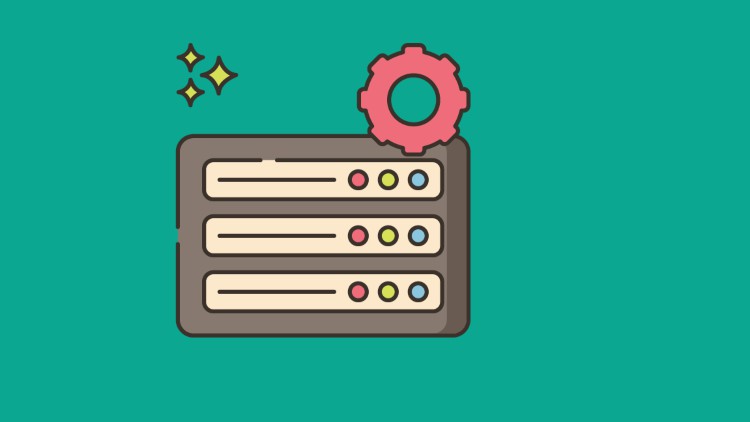Database Administrator (DBA) | Developer- MS SQL Server,TSQL
Microsoft SQL Server Database Administration step by step
4.38 (61 reviews)

8,378
students
11 hours
content
Dec 2022
last update
$69.99
regular price
What you will learn
Microsoft SQL Server Setup
Installing Sample Databases
Creating Database Objects
Database Design
Tracking database activities
Creating stored procedures
Database backup and recovery
Monitoring Database Performance
Database security and user accounts
Querying Database with T-SQL
Aggregating Data using aggregate functions
Filtering and sorting records
Extracting data from multiple tables
Related Topics
4277778
udemy ID
9/2/2021
course created date
9/9/2021
course indexed date
Angelcrc Seven
course submited by